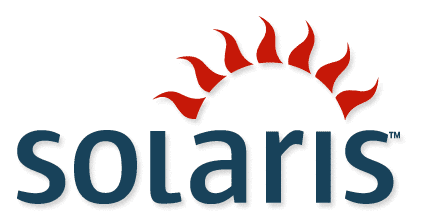
Enabling SaMBa Under Solaris 10
Abstract:
IBM created a proprietary file sharing protocol under DOS referred to as SMB. This was adopted by Microsoft, and it later became referred to as CIFS. Open Source developers took a portion of the file sharing suite an implemented it under a product called SaMBa. Solaris 10 ships with an installation of SaMBa to allow for rudimentary SMB and CIFS cfile sharing.

Installation:
SaMBa is already installed with Solaris 10 Update 4 until Update 9. Creating a configuration file with a service start is all that is required. The Samba book from O'Reilly is an excellent resource in trying to understand all of the obtuse options available
Configuration:
Check to see if you are working with a fairly recent release of Solaris 10, with the SaMBa support.
sunv890/user$ svcs -a | grep samba disabled Jan_28 svc:/network/samba:default
If you try to enable SaMBa without the configuration file, the service will not function, but will reside in maintenance mode until repaired and restarted:
sunv890/root$ svcadm enable samba sunv890/user$ svcs -a | grep samba maintenance 10:23:47 svc:/network/samba:default
The Service Management Facility (SMF) will identify the failed service and log the problem.
SaMBa/user$ tail /var/adm/messages Feb 11 14:08:46 sunv890 svc.startd[7]: [ID 652011 daemon.warning] svc:/network/samba:default: Method "/usr/sfw/sbin/smbd -D" failed with exit status 255. Feb 11 14:08:46 SaMBa svc.startd[7]: [ID 748625 daemon.error] network/samba:default failed: transitioned to maintenance (see 'svcs -xv' for details)
Debugging is fairly simple - just look for the configuration file. In this example, there is none.
sunv890/user$ ls -al /etc/sfw/smb.conf /etc/sfw/smb.conf: No such file or directory
Create a sample configuration file to share the temporary directory as writable, ensure SaMBa will be derived as a host name, install the configuration file. (Note, you can always substitute an IP Address for SaMBa.)
sunv890/user$ cat /etc/sfw/smb.conf
# Global parameters
[global]
workgroup =
netbios name = SaMBa
security = SHARE
local master = No
guest account = nobody
delete veto files = Yes
encrypt passwords = Yes
winbind uid = 10000-65000
# Configure Samba to enable or require SMB signing as appropriate.
# To enable SMB signing, put in Samba config global section
; server signing = auto
# To require SMB signing, put in Samba config global section
server signing = mandatory
# Disable LANMAN Authentication in Samba config global section lanman auth = No [Temp] comment = Temporary Share path = /tmp writeable = Yes guest ok = Yes preserve case = No sunv890/root$ svcadm disable samba sunv890/root$ svcadm enable samba sunnv890/user$ svcs samba STATE STIME FMRI online 14:17:01 svc:/network/samba:default
To test your installation, from a Windows platform, try to browse the temporary directory, or read a sample file which you know is in the directory.
Start -> Run -> \\sunv890\Temp Start -> Run -> wordpad \\sunv890\Temp\smb.confConclusion:
The SaMBa configuration under Solaris 10 is simple and managed well by the Service Management Facility infrastructure of Solaris 10.
Editor's Note: This blog article was published in 2011 and adjusted in 2017-08-14 to add Signing and Authentication enhancements to the default SaMBa configuration.


No comments:
Post a Comment